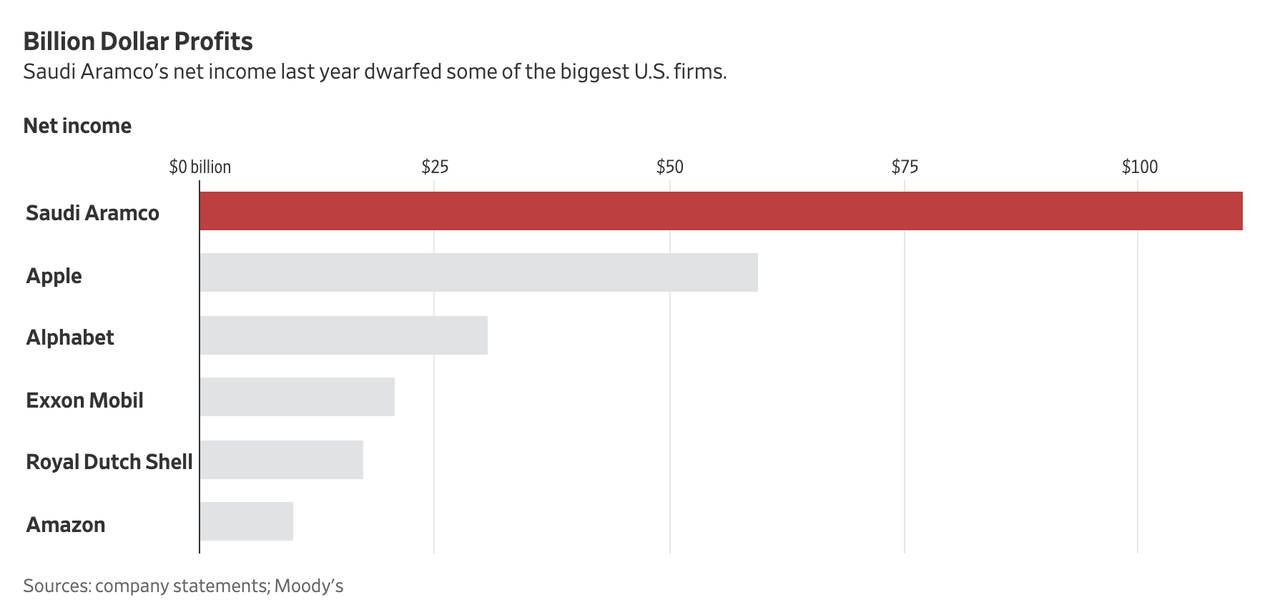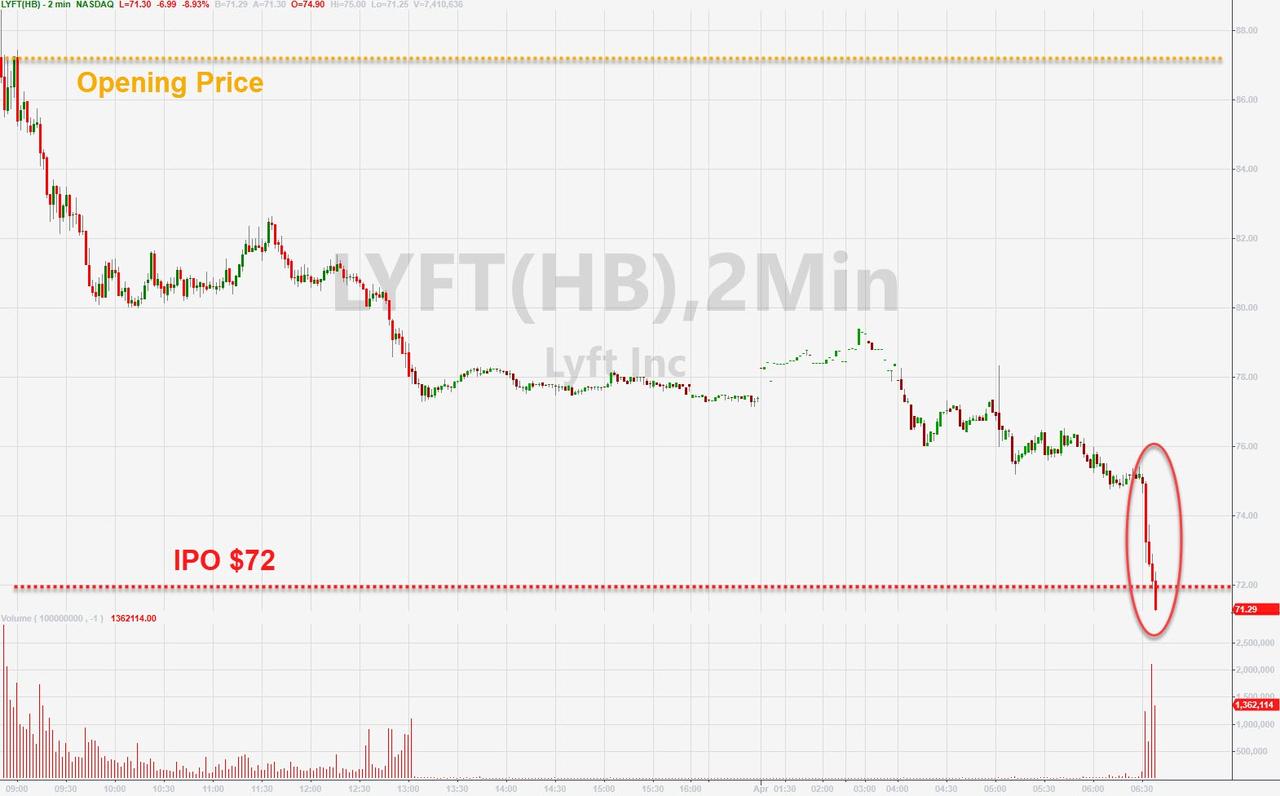 This weekend, Facebook founder and CEO Mark Zuckerberg announced the end of the open internet era, proclaiming in a Washington Post op-ed:
This weekend, Facebook founder and CEO Mark Zuckerberg announced the end of the open internet era, proclaiming in a Washington Post op-ed:
I believe we need a more active role for governments and regulators. By updating the rules for the Internet, we can preserve what’s best about it—the freedom for people to express themselves and for entrepreneurs to build new things—while also protecting society from broader harms.
Specifically, Zuckerberg emphasized “we need new regulation in four areas: harmful content, election integrity, privacy and data portability.”
Let’s be clear that the internet was never about an escape from rules; it was a place for people to build new, supplemental spaces that would generate their own rules. The internet would finally deliver on “the consent of the governed” because people could just go elsewhere if a virtual community became too stultifying.
As John Perry Barlow wrote in his 1996 “Declaration of the Independence of Cyberspace,”
Governments of the Industrial World, you weary giants of flesh and steel, I come from Cyberspace, the new home of Mind. On behalf of the future, I ask you of the past to leave us alone. You are not welcome among us. You have no sovereignty where we gather….You claim there are problems among us that you need to solve. You use this claim as an excuse to invade our precincts. Many of these problems don’t exist. Where there are real conflicts, where there are wrongs, we will identify them and address them by our means. We are forming our own Social Contract. This governance will arise according to the conditions of our world, not yours. Our world is different.
The declaration was published the same day that President Bill Clinton signed ithe bipartisan Communications Decency Act (CDA), which would have regulated the internet like a broadcast network by giving the government broad powers to control “indecent” material. A year later, the Supreme Court struck down the speech-killing parts of the CDA, with Justice John Paul Stevens writing for the majority, “The Government may not ‘reduc[e] the adult population…to…only what is fit for children.'”
But when the titans of tech are calling for their own regulation by “weary giants of flesh and steel,” you’re in a very different ballgame. And Zuckerberg is not alone in pleading for government controls. Over the past year, typically in front of Congress, the heads of Twitter, Google, and Apple have all announced in favor of “new rules.” Indeed, Apple’s Tim Cook, the CEO of the planet’s biggest company, said just last December:
I’m a big believer in the free market. But we have to admit when the free market is not working. And it hasn’t worked here. I think it’s inevitable that there will be some level of regulation….I think the Congress and the administration at some point will pass something.
The core problem with Zuckerberg’s thinking is that he doesn’t trust his users to use the tools that Facebook and other social media platforms provide. He writes:
We have a responsibility to keep people safe on our services. That means deciding what counts as terrorist propaganda, hate speech and more. We continually review our policies with experts, but at our scale we’ll always make mistakes and decisions that people disagree with.
Lawmakers often tell me we have too much power over speech, and frankly I agree. I’ve come to believe that we shouldn’t make so many important decisions about speech on our own. So we’re creating an independent body so people can appeal our decisions. We’re also working with governments, including French officials, on ensuring the effectiveness of content review systems.
Goodbye to hive minds, the wisdom of crowds, and the disintermediation that allow each of us to decide what is “terrorist propaganda, hate speech and more.” We’re back in bad old meatspace, with “independent bodies” and expert committees and all that.
To a degree that we’ve never seen before, social media let each of us tailor our feeds according to our wishes rather than that of producers, bullies, or governments. If you don’t want to see Alex Jones’s psychotic screeds or Diamond & Silk’s pro-Trump stuff or whatever, you can turn it off. True threats, fighting words, fraud, and other criminal acts have never been exempted simply because they take place in cyberspace, but now tech leaders are actively inviting the government into their executive suites in ways that were almost unimaginable a couple of decades ago.
Facebook and the other tech giants are under immense political pressure to make peace with governments around the world. But there’s another factor, something Zuck himself mentioned to Congress last year during its hearings on regulating social media. “When you add more rules that companies need to follow,” he said, “that’s something that larger companies like ours just has the resources to go do and it just might be harder for a smaller company just getting started to comply with.” (Watch the video below for that and similar quotes.) When regulation comes to a sector, the existing firms often get to write the rules, fashioning them to protect themselves from current and future competitors. This is nothing new, of course. Back in the day (and contrary to the story that most progressives tell themselves), rail barons, “facing falling profits and diffusion of economic power…turned to the state to regulate the economy on their behalf.”
Tech giants are ready, willing, and happy to be regulated, because it will help them maintain their current positions more easily than free-er competition. In his Post piece, Zuckerberg declares that he is ready to put away his childish things and be a responsible adult:
The rules governing the Internet allowed a generation of entrepreneurs to build services that changed the world and created a lot of value in people’s lives. It’s time to update these rules to define clear responsibilities for people, companies and governments going forward.
Goodbye, open internet; you will be missed.
Video: “Why Facebook ‘Welcomes Regulation'”:
from Hit & Run https://ift.tt/2OFNrci
via IFTTT
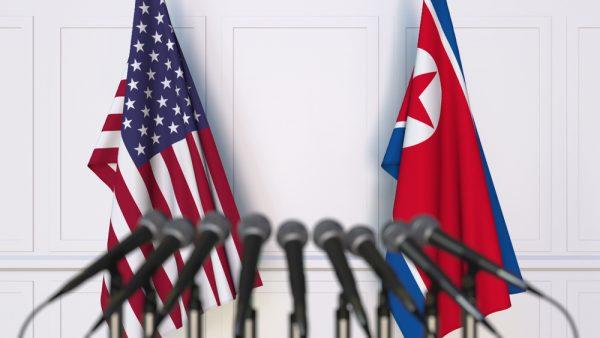
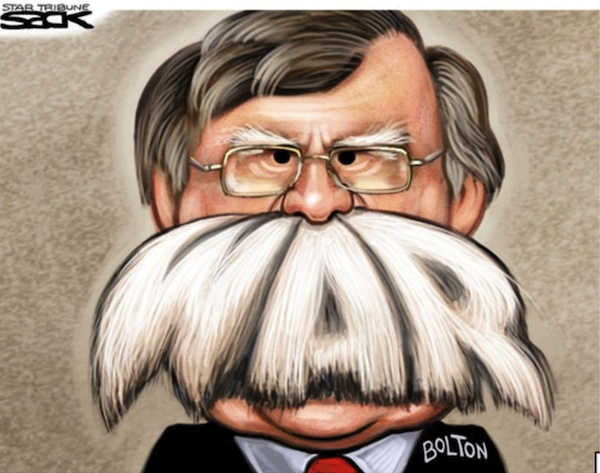
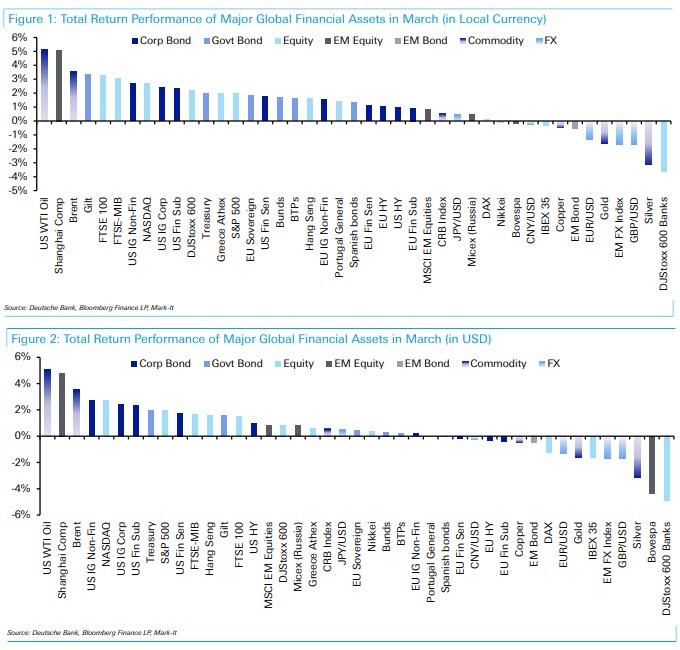
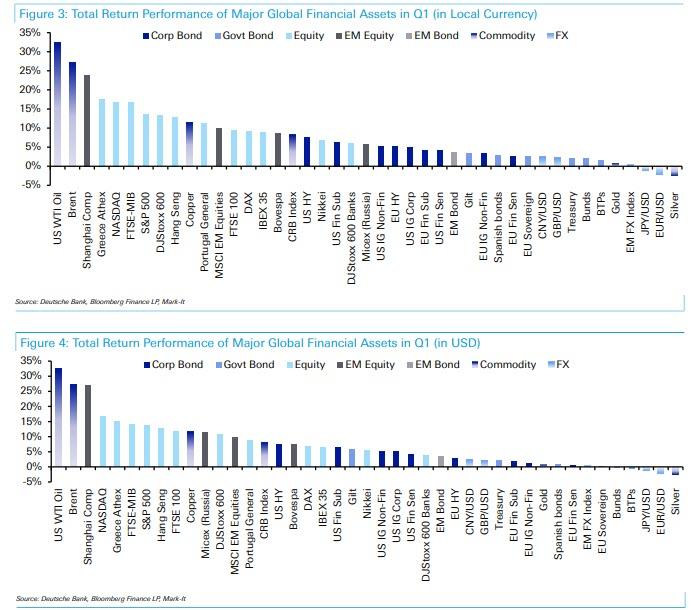
 It was a perfect day for baseball—warm but not too hot, with a light breeze blowing, and clouds blocking out the June sun—when Gov. Christie Whitman, ball in hand, announced that a new stadium was exactly what Camden needed to turn the corner.
It was a perfect day for baseball—warm but not too hot, with a light breeze blowing, and clouds blocking out the June sun—when Gov. Christie Whitman, ball in hand, announced that a new stadium was exactly what Camden needed to turn the corner.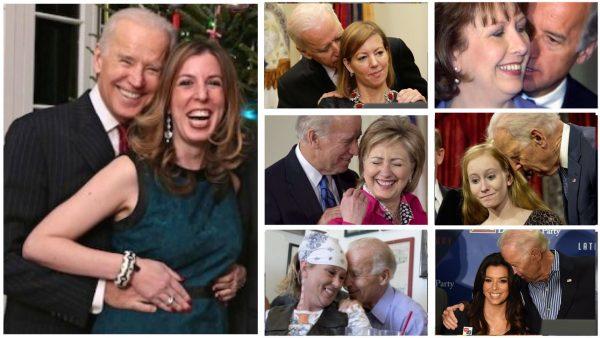
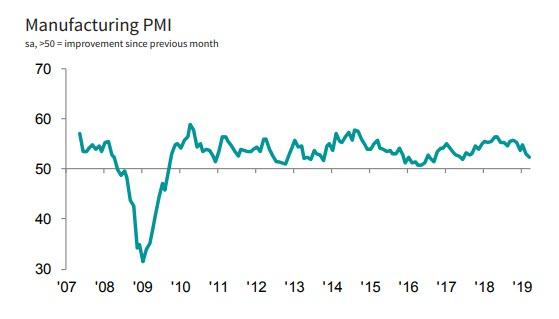
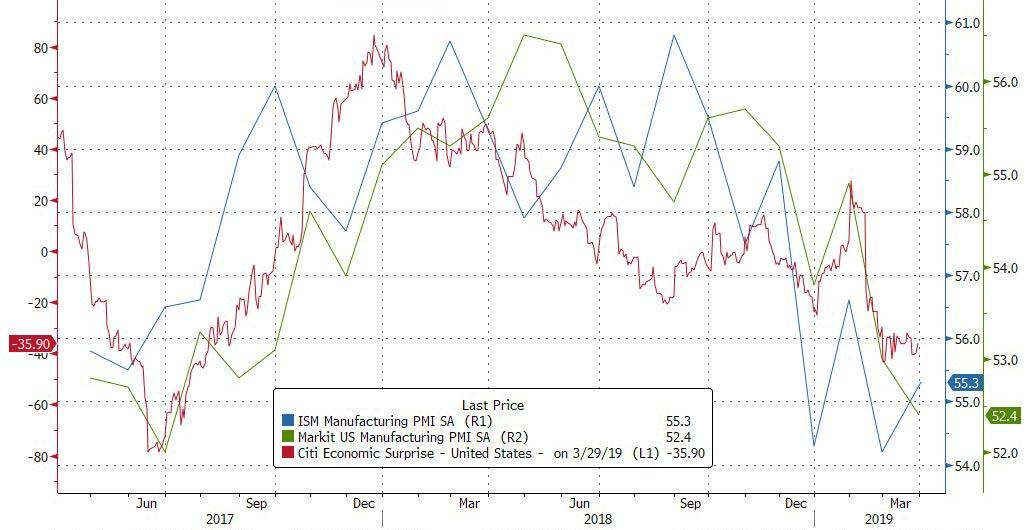
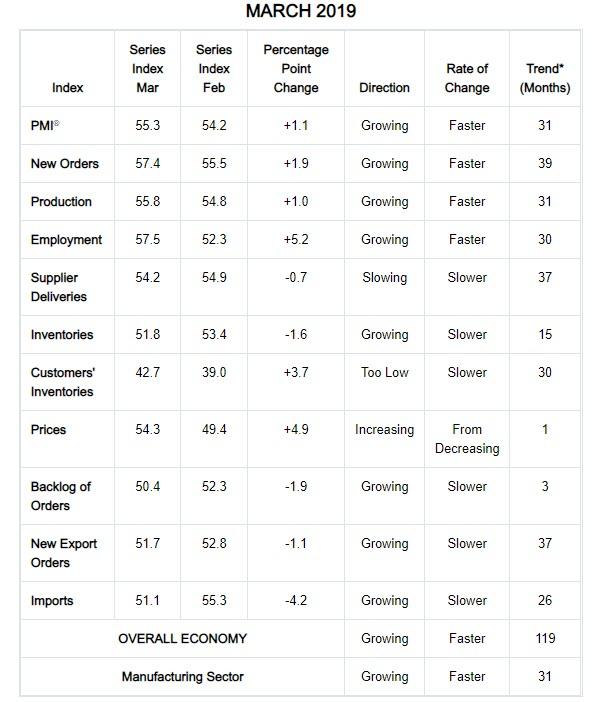
 The Chandler, Arizona, police department that broke through the door of a family that
The Chandler, Arizona, police department that broke through the door of a family that 
